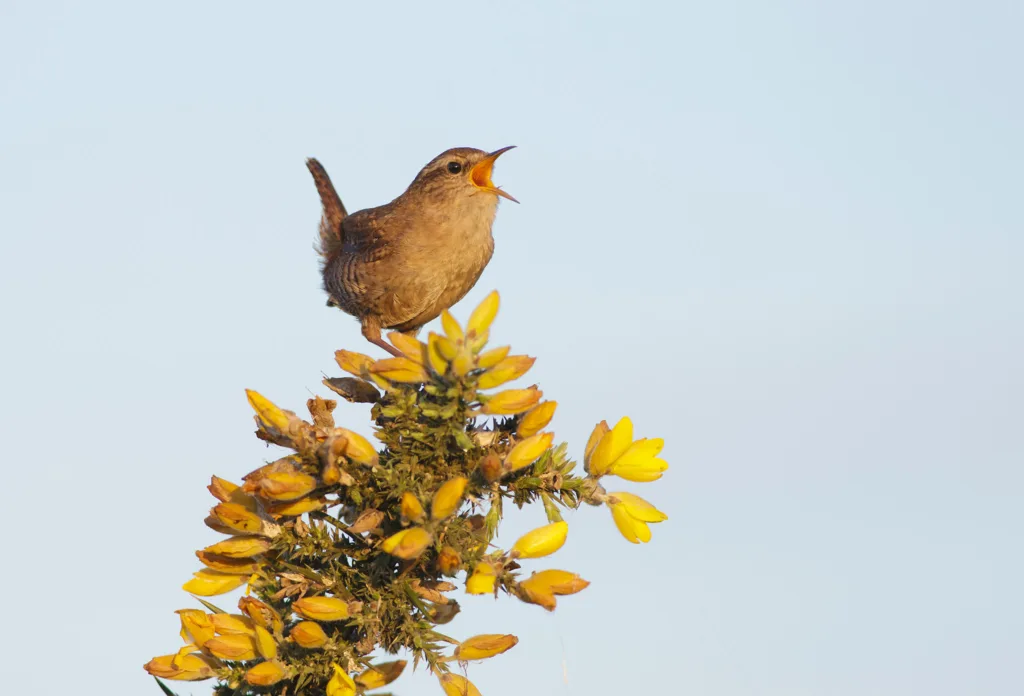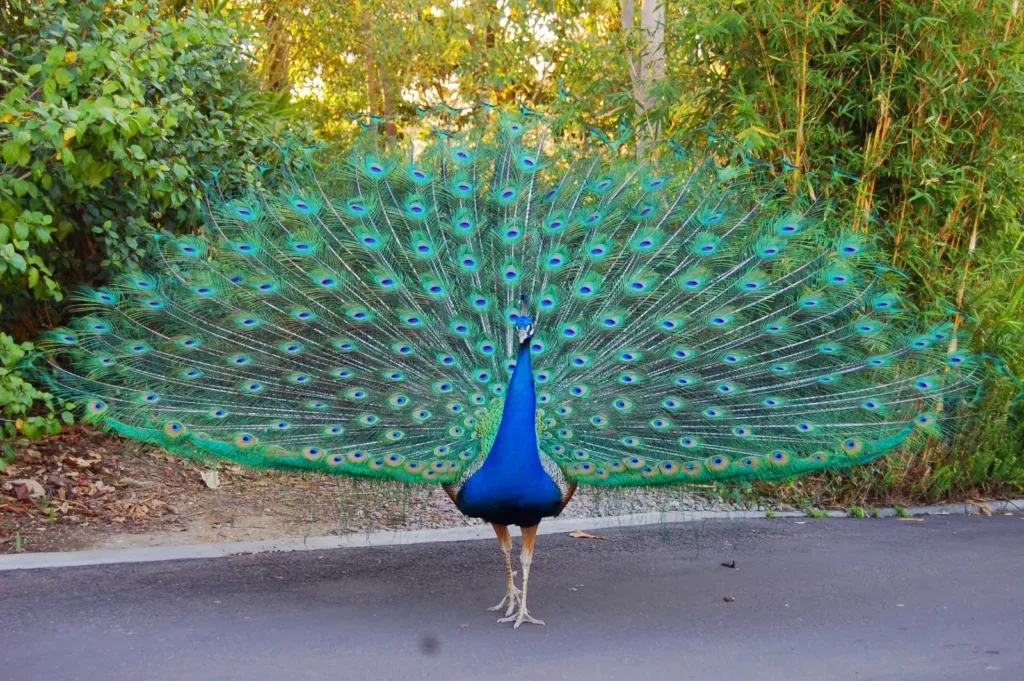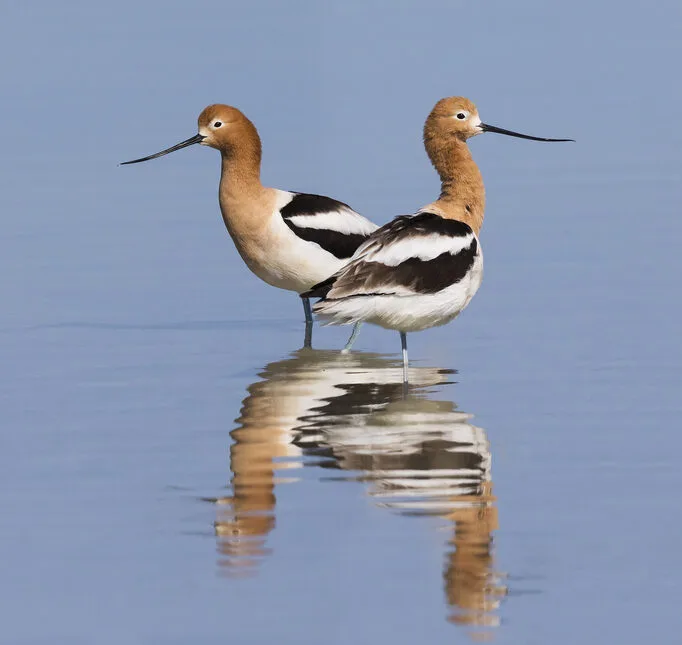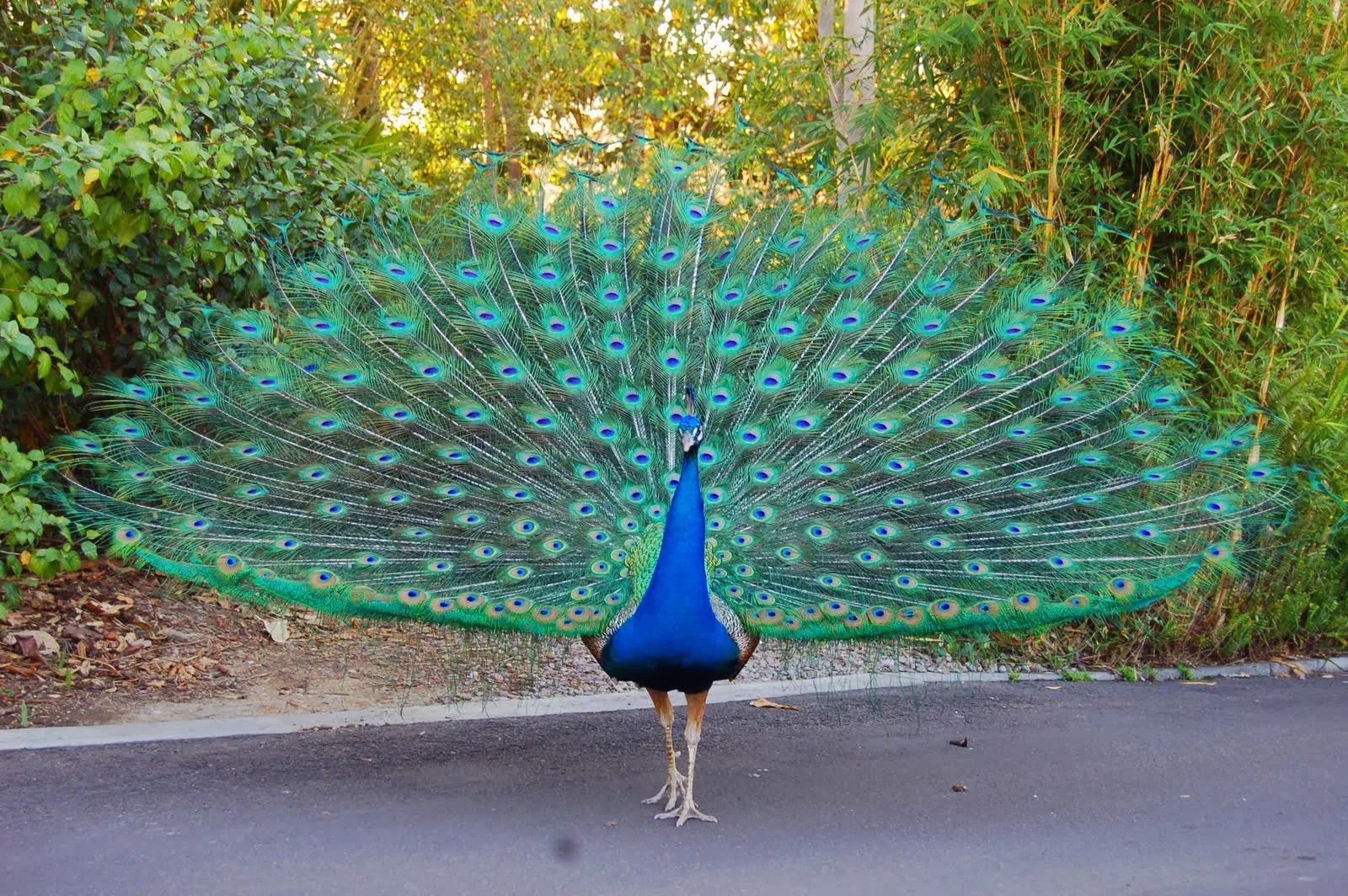Table of Contents
The courtship displays are a set of display behaviors in which an animal, usually a male, attempts to attract a mate; the mate exercises choice, so sexual selection acts on the display.
The aim of this courtship displays
The courtship displays in animals is the kind of behavior by which different species of animals choose their partners for reproduction. Generally, the male starts the courtship. Then the female chooses to either mate or reject the male based on his “performances”. Many animals have mate-selection courtship rituals.
How do the courtship displays work?
Male animal individuals attract a mate and express their desire to copulate. These behaviors often include
ritualized movement (dances), vocalizations (singing), mechanical sound production, or displays of beauty, strength, or agonistic ability.
Courtship Behavior In Birds
Birds have several different types of courtship behaviors to attract mates such as songs, display and dances. Usually only the male will sing as part of the courtship ritual although in some species both birds may sing a duet to bond. The courtship displays are also found in arthropods like spider.
What kind of courtship behavior do birds display?
Courtship behavior can help birds distinguish between species to help them choose compatible partners and it can also decrease the aggression normally displayed when defending territory. Courtship rituals are also helped to display strength, health, and their efficiency to produce offspring.
Types of courtship displays in birds:
There are several different courtship rituals birds show for finding a mate. Most species will use one method but may have different methods they use to lesser degrees. The appropriate type of courtship can vary greatly between different species, and even birds of the same species may have slightly different courtship variation in different geographical regions.
Singing
Singing is one of the most common methods birds attract mates. The song’s intricacy or the variety of different songs one bird can produce help express its maturity and intelligence, highly desirable features for a healthy partner. Singing can also define the boundaries of one bird’s territory, warning off weaker competition. For some species, only one gender (generally males) will sing, while other species may create a duet as part of their bonding ritual.
Example: Singing wren, Great Reed Warbler, European Herring gull.

Dancing
Physical movements from daring dives to intricate sequences including wing flaps, head dips, bill rubbing, or different steps can be part of a courtship ritual. In many species, the male alone will dance for his female while she observes his actions, while in other species both partners interact with one another.
Mistakes in the dance show in experience, weakness, or hesitancy and would not likely lead to a successful mating.
Example: Indian peacock.

Preening:
Close contact between male and female birds can be part of the courtship rituals to help diffuse their normal spatial boundaries and aggression. The birds may lightly preen one another, sit with a physical contact or otherwise lean on one another to show that they are not causing to harm their partner.
Example: Pigeon, Avocet birds.
Except for all of these behaviors, animals show building and feeding as a part of their courtship displays.

A video, below, is showing that the Peacock spiders showing their courtship displays:
Other related notes:
- Lotka-Volterra Model: https://thebiologyislove.com/lotka-volterra-model/
- Population growth- Geometric growth: https://thebiologyislove.com/population-growth-geometric-growth/
Facebook link: https://www.facebook.com/share/p/TqQcC2TVLmxRQByh/?mibextid=oFDknk
Instagram link:

